The thing I miss most at the moment is having a conversation in the company of friends who make me laugh with abandon. There are different types of humour – and it’s the one thing that makes an immediate bond with someone when you recognise that you have a similar type. It’s not easy to explain that feeling which hits the spot and maybe best not to even try and analyse it – another situation could be a ‘coup de foudre’ when you fall in love across a crowded room (or anywhere for that matter) with a stranger. That doesn’t happen quite so often though – it’s never happened to me. But at the heart of it, it’s inexplicable and wonderful. You don’t need or want to know the reason why – it just is.
I’ve been reading a lot during ‘lockdown’ and since my mind often goes blank when somebody asks me what I’ve been reading, I’ve acquired a small notebook. I write a couple of sentences under the title and author of each book to remind me of the story. The notebook must be ‘handbaggable’ because it’s no use sitting down to lunch with a friend at a favourite restaurant if said notebook is lurking on its own at home. Unless, of course, you do have a super memory … I did used to have one for names … I still have a good memory for faces.
There are a lot of amusing and entertaining books but few where I’ve been unable to stop myself laughing out loud. If you can spontaneously laugh out loud, surely that’s a good thing for your state of mind. Here are some suggestions to try out … or encourage you to find your own … these, for me, are special.
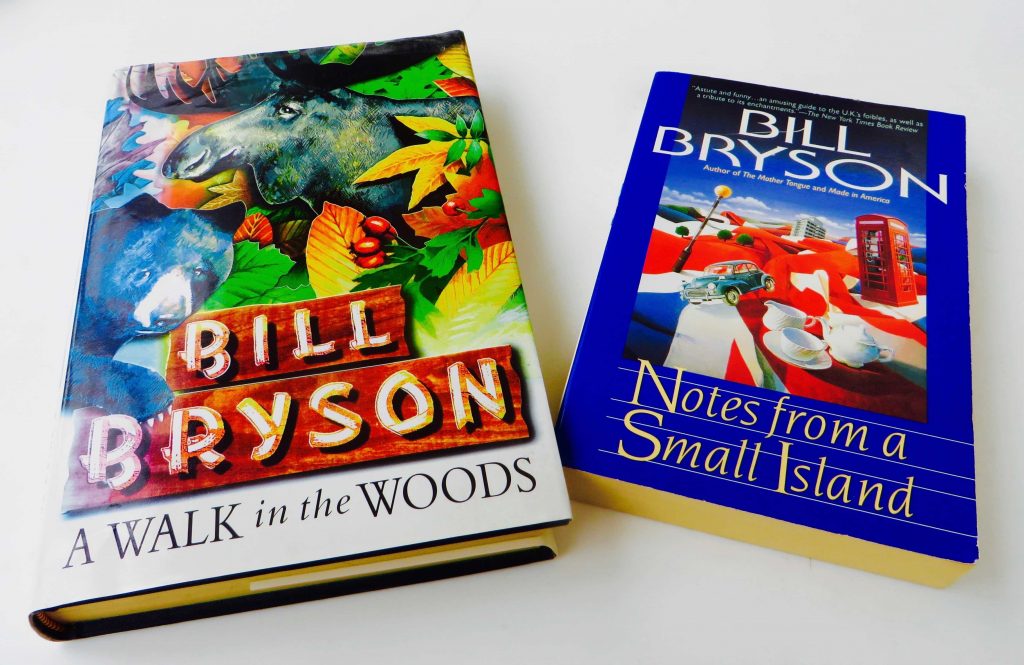
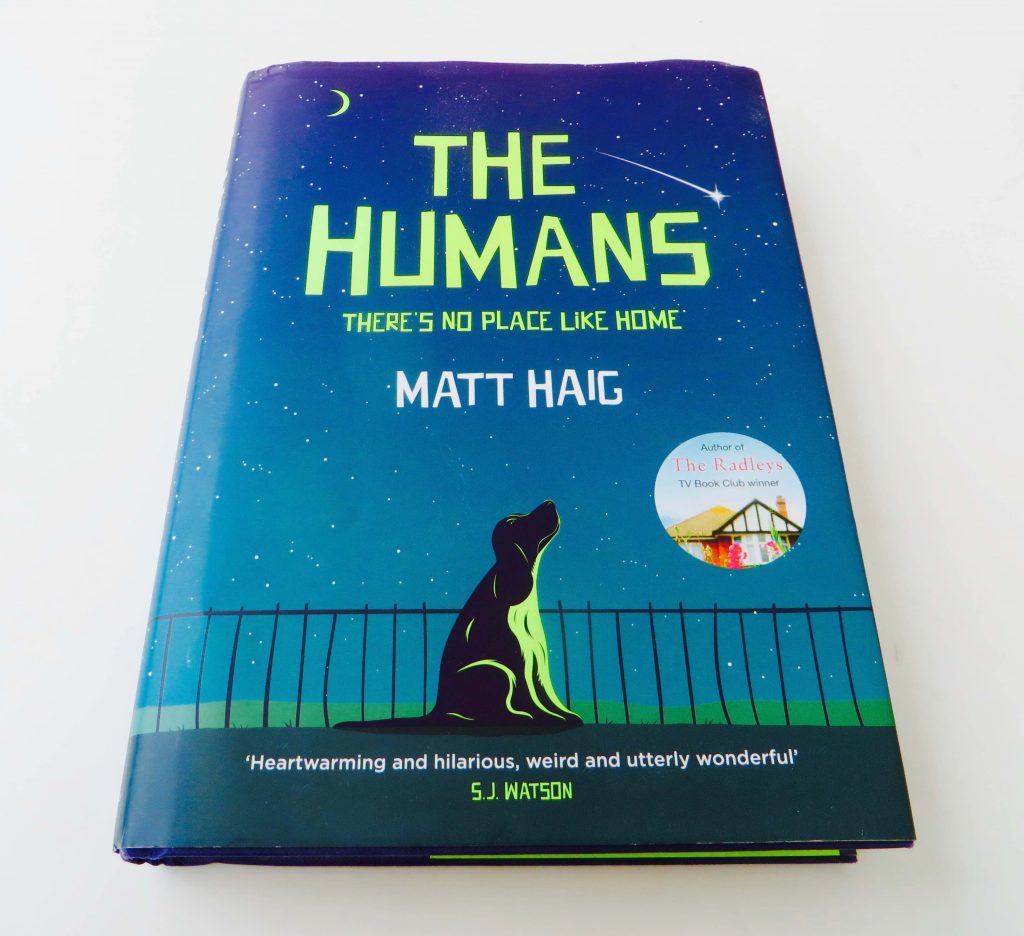

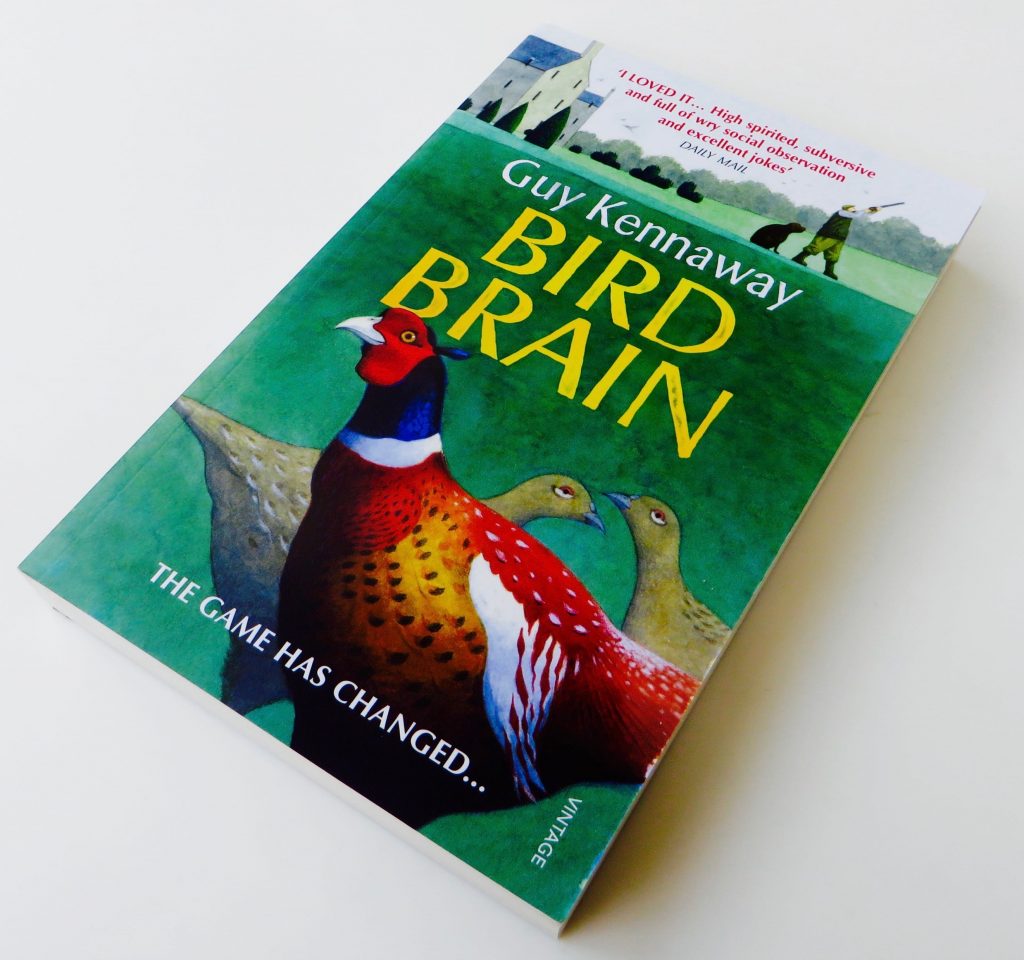
Although these books were published some time ago, I only just read the William Boyd – mentioned also in my journal entry on Wallingford. It hit the spot so many times! I have read Matt Haig’s ‘The Humans’ twice and laughed out loud again. Bill Bryson is always a real treat. A favourite since I came upon ‘Notes from a Small Island’, I have greedily fallen upon each new offering. I came upon ‘Bird Brain’ through a friend – it’s utterly hilarious. I think Guy (the author), must be Banger …!
All of these books fit in with my personal take on ‘life in general’ and I very much like all the authors too. At the moment there are lots of articles in the papers on the best books of 2020 – it’s also worth looking at many others.
I’m now adding a few more books I’ve been reading recently to balance out the laughter quotient. These are books which stay around in my conscience.
‘Little Deaths’ by Emma Flint (2017) is set in New York in 1965 and based on a real and shocking event. It’s absolutely riveting and is one of the best contemporary novels I’ve read, set in the atmosphere of an Edward Hopper painting – ‘The `Nighthawks’.
The writing doesn’t miss a beat, the characters are so well drawn I would be able to recognise them if I met them in the street. This story would make a wonderful ‘noir’ film … gripping and sinister, harrowing and tragic. It haunts me still. I’d be the casting director – in my dreams!
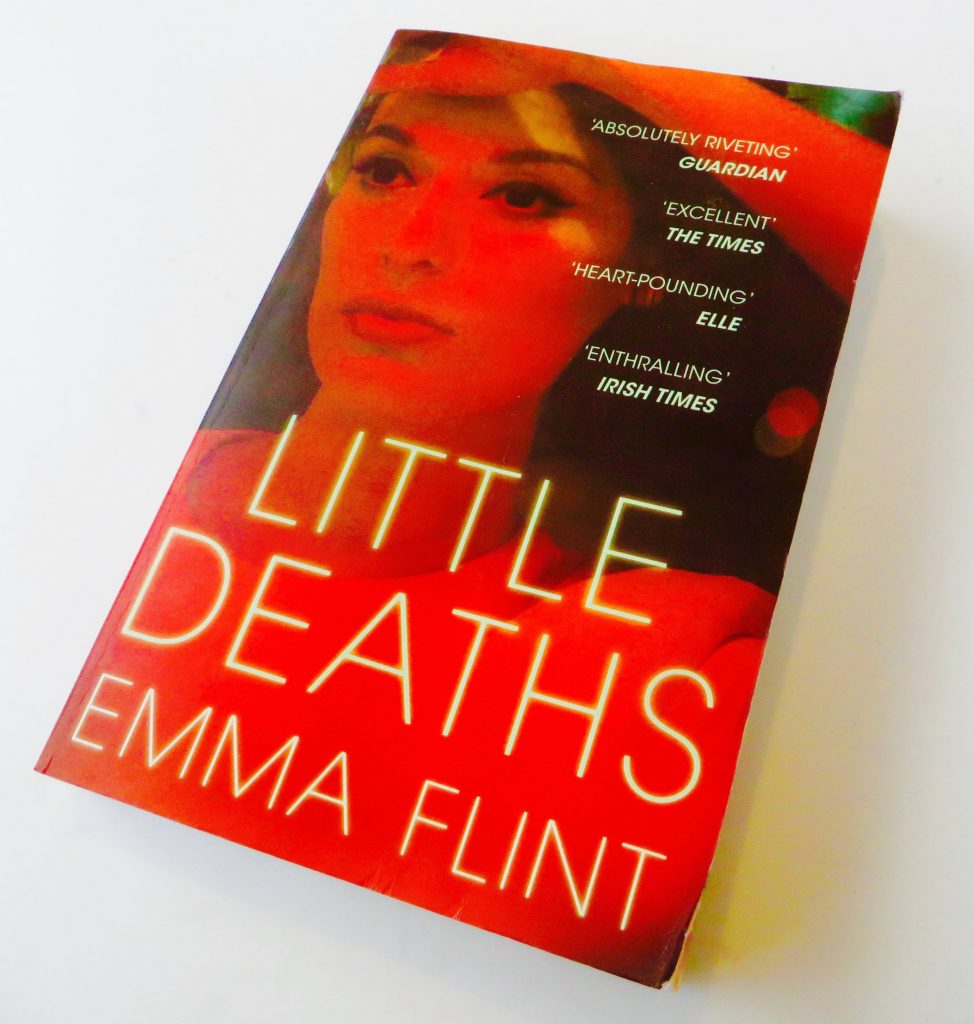
I’ve already written a piece on ‘The Mirror & the Light’ by Hilary Mantel. I can’t praise it enough. The trilogy, starting with ‘Wolf Hall’, following on with ‘Bring Up the Bodies’ and finishing with the ‘The Mirror & the Light’ is an unbelievable achievement. It’s in a category of its own. I just feel lucky to have had the chance to be alive at the same time as this trilogy was written. This is literature that will last down the ages.
To learn more about Hilary Mantel, read her autobiographical memoir, ‘Giving up the Ghost’. She is truly a phenomenon! ‘A story of childhood that is also a piece of history’ (Rachel Cusk). ‘Brilliant, sardonic and extraordinarily moving’ (Helen Dunmore, ‘The Times’).
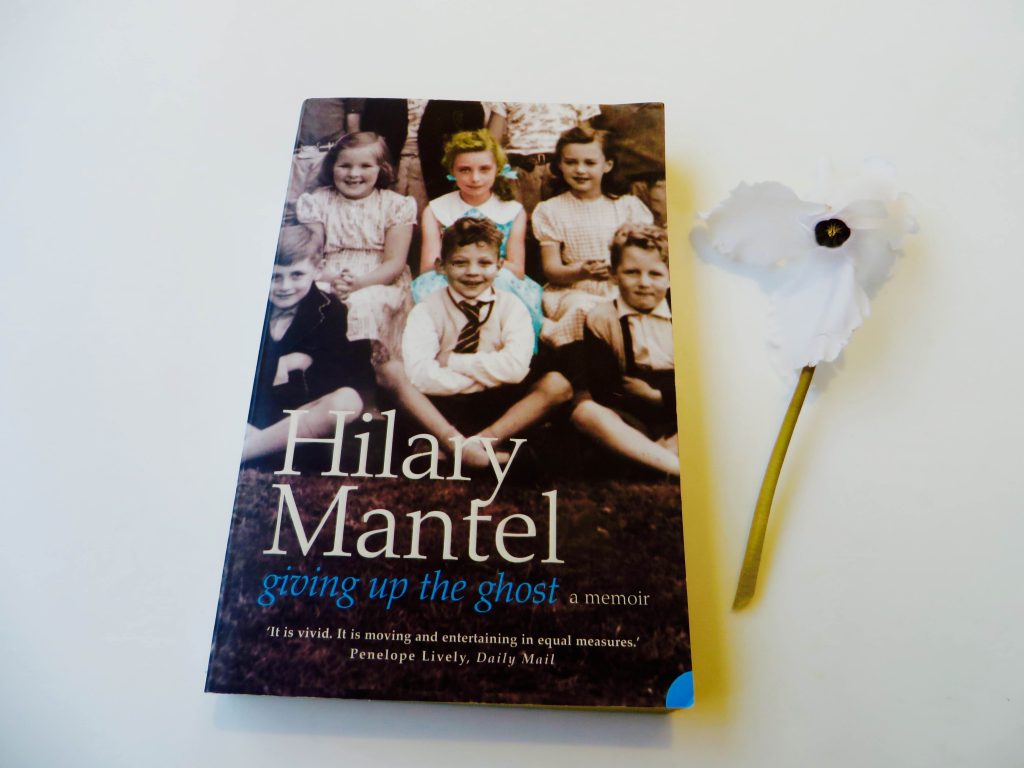
Someone recommended me to a series of books, which introduce a great detective in the making – including a touch of hoped for romance, which is always just that tantalising step too far away … read them in sequence.
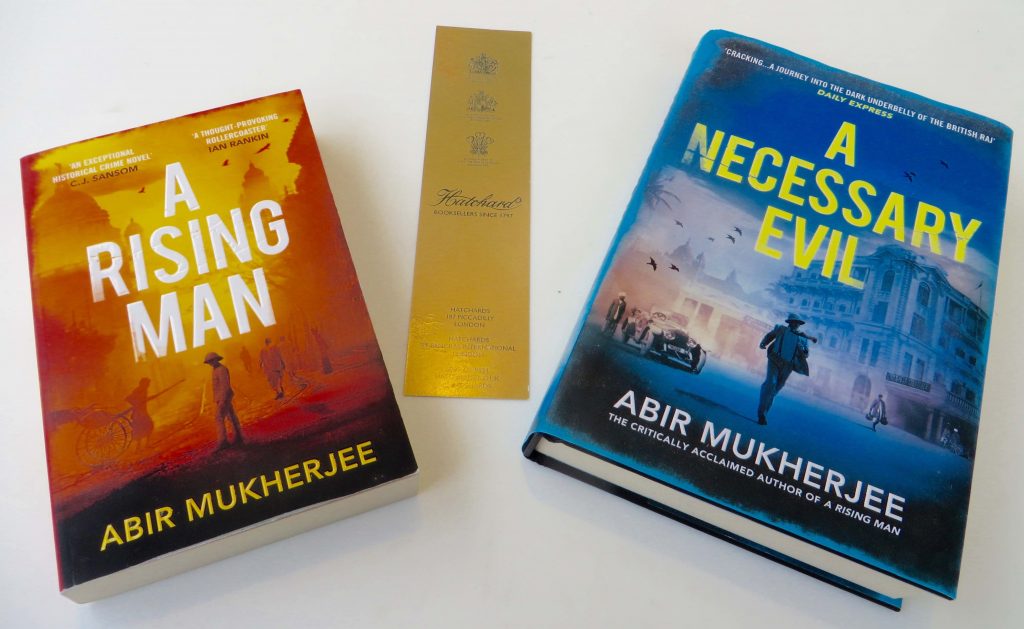
The four books are set mainly in Calcutta (now Kolkata) in the 1920s, the detective being one, Sam Wyndham, with his ever present Sergeant (Surrender-not) Banerjee, who keeps him on the straight and narrow. The deeper they get themselves into the murderous tangles of opium dens and the seedier side of the city, the more dangerous and shocking the discoveries they make. ‘Mukherjee weaves crime and history together with great skill’ (The Times). I hope he is busy writing the next one …

Another detective story, which was a great find, is ‘Only To Sleep’ by Lawrence Osborne. He takes the Philip Marlowe character (by Raymond Chandler) and puts him in retirement on the borders and badlands of Mexico and California. ‘Osborne and Chandler are a perfect match’, says William Boyd in ‘The Guardian’. This is an excellent ‘noir’ thriller – ‘sumptuous and sinister, languorous and tense’ (The ‘Sunday Times’). I also found the writing hugely atmospheric. Unputdownable … Lawrence Osborne understands how louche characters tick … he may be one himself …

Eric Ambler was a brilliant thriller writer. ‘The best ever’, said Graham Greene. It’s worth knowing that some of his books have been reprinted recently. I read them all.
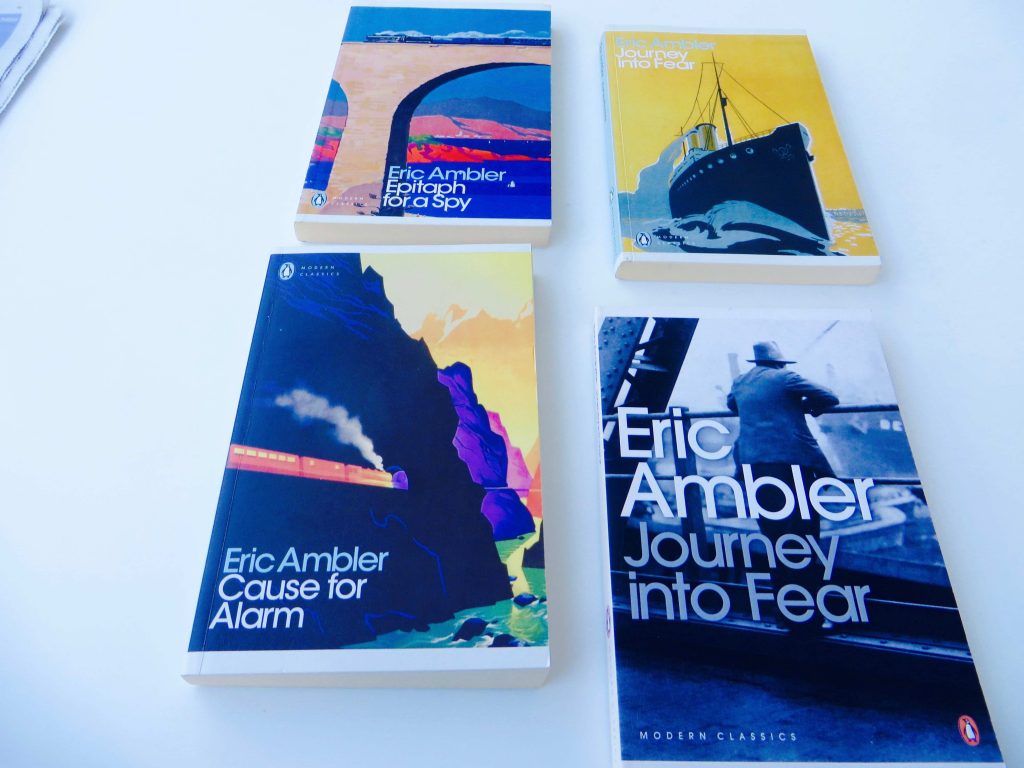
Earlier this year I re-read ‘The Day of the Jackal’ by Frederick Forsyth while on holiday. Chillingly brilliant! It was made into a gripping film, starring Edward Fox as the ruthless assassin. Great for a long train/plane journey. A powerful story – how Forsyth builds up the tension is spectacular. I felt I could hardly breathe towards the final climax. The film is also excellent.

A short novella called ‘The Shepherd’ is a thriller of a different nature – and just the thing to read in one go by the fire on your own with a glass of wine/whisky to hand. The tension is almost unbearable – the ending brought tears to my eyes. A wonderfully atmospheric piece of writing which I will never forget. Perfect.

‘Our Man in New York’ is a non-fiction thriller. I knew nothing about this story and found it enthralling. It’s about the two ‘Bills’ (Stephenson and Donovan), who helped to change the course of WW2 by encouraging America to enter into the war and who are the stars in this MI6 undercover story – I was hooked from the first page. We owe a lot to people we didn’t even know existed.
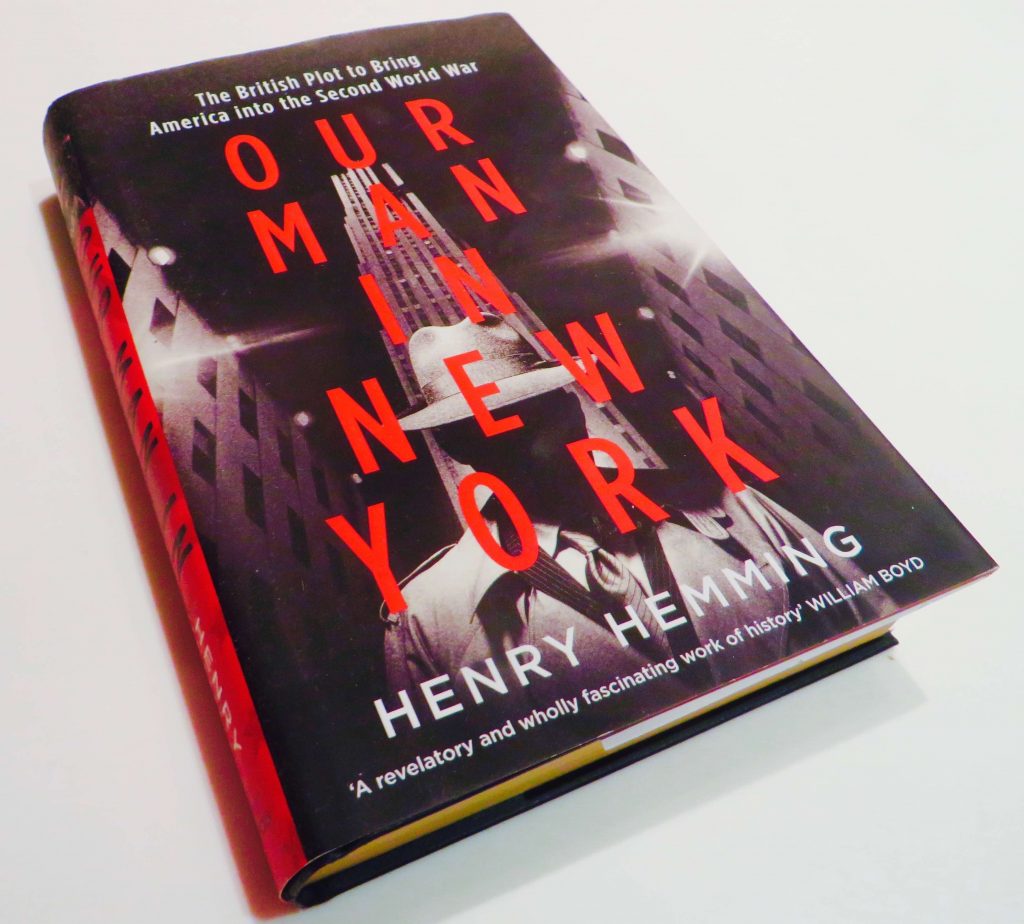
‘Fascinating … Hemming has done a superb job’ – Ben Macintyre in ‘The Times’.
Recently, there was an article in ‘The Sunday Times’ about the writer, Sarah Dunant, telling about the house in London which she had lived in for thirty years and was about to – somewhat reluctantly – sell.
Next day, I was in Waterstones and having completed a course in the history of art some years ago, starting at the Renaissance, I was attracted by two books of hers – historical fiction about the Borgias. ‘Blood and Beauty’ (2013) and ‘In the Name of the Family’ (2017). They opened my eyes to a different view of the Borgia family (who originally came from Spain). ‘Blood and Beauty’ starts when Rodrigo Borgia, cardinal of Valencia, becomes Pope Alexander VI. It takes on the story of his family, especially of his daughter, Lucrezia. This was a savage time, governed, in what was to become Italy, by small principalities, all wanting to be more powerful than their neighbour.
Dunant paints a very different picture of Lucrezia Borgia than the one most of us think of. You live and breathe alongside her and become very involved with her hopes and fears.
The Renaissance was a flowering of talented artists and sculptors creating the most beautiful art in this part of the world. But it was also a violent society, full of danger and terror – you had to have your wits about you to survive and often, that wasn’t enough.
Both these books are hugely exciting and enjoyable.

I found a book in the house called ‘The Wave’ by Susan Casey. It’s about surfing giant (100 foot) waves. Having picked it up just out of curiosity, I was unable to put it down. The ‘San Francisco Chronicle’ writes … ‘Immensely powerful, beautiful, addictive and, yes, incredibly thrilling … Like a surfer, who is happily hooked, the reader simply won’t be able to get enough of it’. And that’s it, in a nutshell. I read this book cover to cover and wanted more.
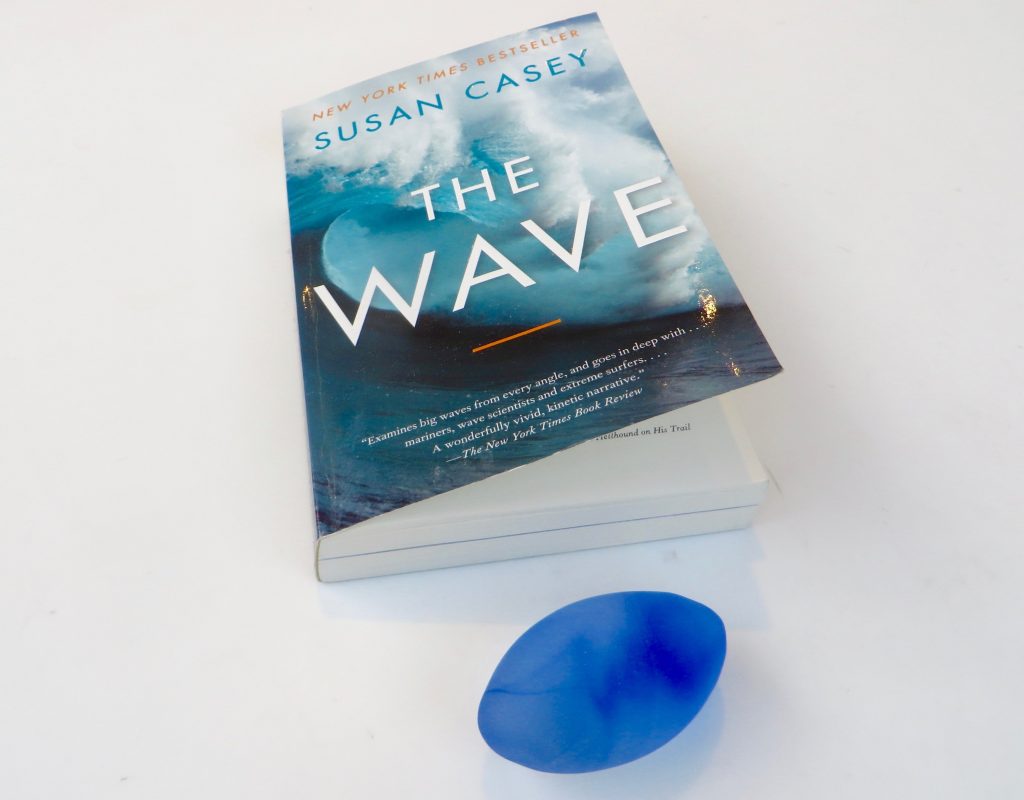
I will never surf big waves myself but ‘The Wave’ conveys what it’s like to be out there – awe inspiring and sometimes (always?) terrifying. There’s a great adrenal rush, and it’s a fabulous read, especially when many of us are stuck inside most of the time.
A book which unexpectedly made the bestseller list for many weeks and which I had picked up out of curiosity of its title is ‘Prisoners of Geography’ – ten maps that tell you everything you want to know about global politics. I thought I needed to know more about this subject, although party politics leave me cold – but we all rely on good governance. Sadly missing at the moment.
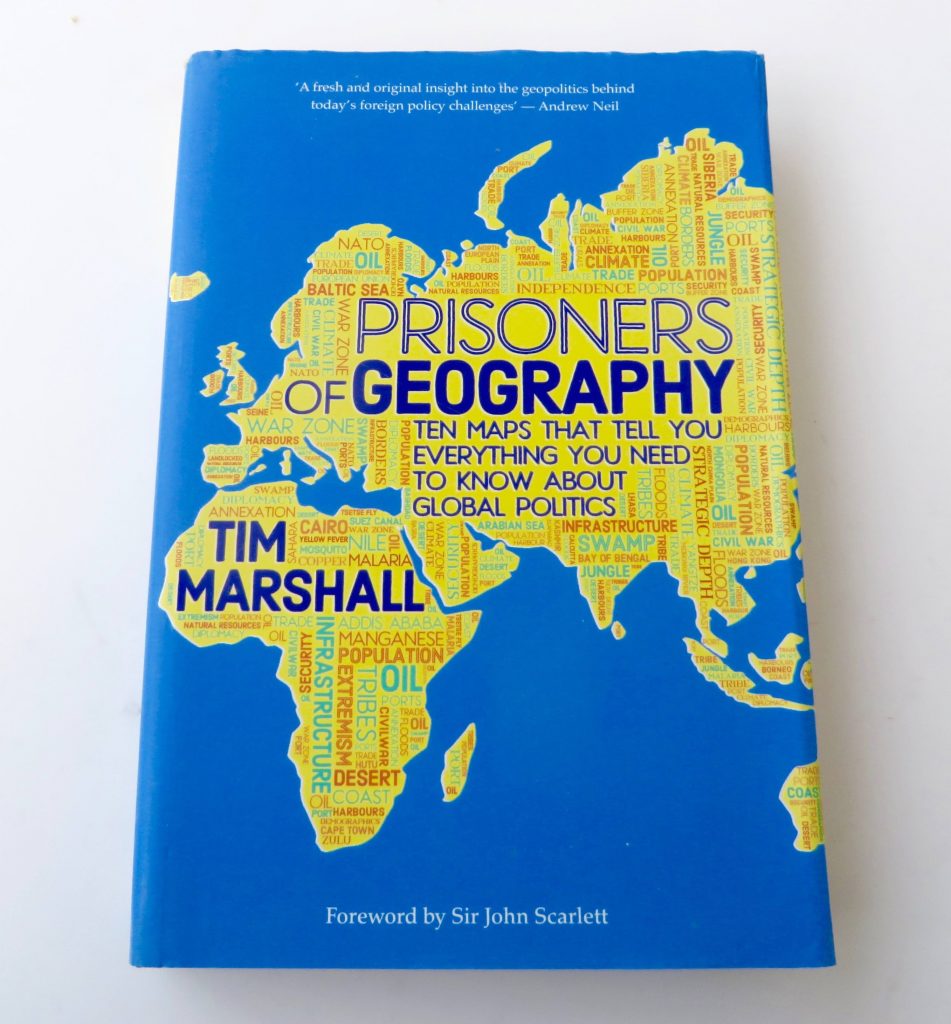
I love maps and I love travel and here I get to know the most fascinating things about so many countries. This is how Dan Lewis from Stanfords, WorldTravelGuide.net puts it …’Marshall’s latest book explains how politics is nothing without geography, in his crisp and compelling style … What he really excels at is capturing the psychology of nations and giving maps a power that politicians must tame.’ It’s a really original way of looking at the world, which I find compelling. For example, how rivers, mountain ranges, swamps and the climate have changed the fortunes of war.
As I’m talking about different countries and their relations to one another, ‘Great Cities Through Travellers’ Eyes’, edited by Peter Furtado caught my attention. This is an anthology – good bedtime reading – including well known writers from past and present telling about their visits to thirty eight cities from Alexandria to Hong Kong, Berlin to Tokyo, Paris to San Francisco, London to New York … etc. Good to dip into in tandem with ‘Prisoners of Geography’.
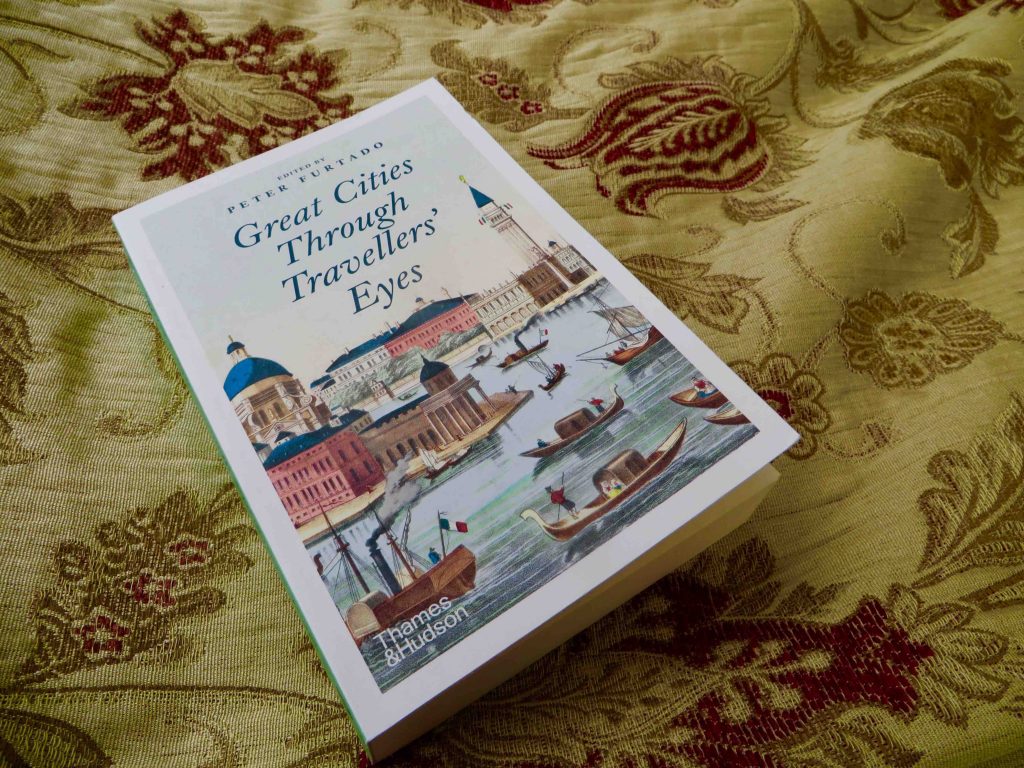
My favourite travel writers include Bill Bryson, Patrick Leigh Fermor, Michael Palin +TV series, Paul Theroux, Colin Thubron, Levison Wood + TV series, Andrew Martin and Andrew Eames.
Patrick Leigh Fermor is probably well known to most people who read books on travel. He was born in 1915 and in 1933, aged eighteen, he set off to walk across Europe, beginning his life as an intrepid adventurer. He’s a colourful, passionate figure, full of energy and the joys of living and all his books are still popular, lining bookshop shelves. I recommend ‘A Time of Gifts’ and ‘Between the Woods and Water’ to start off.
He ended up living in the Mani region of Greece and his book ‘Mani – Travels in the Southern Peloponnese’ describes how his journeys led him to build a house here. Patrick Leigh Fermor has become something of an icon to travellers everywhere. He died in 2011, aged 96. His home is now open to visitors at certain times of the year.

Michael Palin is so well known and has kept diaries of his many travels – these have all been filmed from ‘Around the World in 80 Days’, ‘Pole to Pole’. ‘Full Circle’, ‘Sahara’, ‘Himalaya’ and ‘Around the World in 80 Days: 20 Years On’.
Although I’m talking about books here, the boxed set for TV called ‘Travels with Palin’ might get you to feel you have been away after all! He’s full of enthusiasm and empathy, even when stretched to the limit half way up Everest and he makes you feel that you too could manage this – when I’m thinking that I definitely couldn’t.
He’s probably the best international diplomat we’ve ever had, without being a diplomat. He inspires love of our fellow human beings and his travels are told with his illimitable style of ‘why am I here?’ humour. He’s such an enjoyable person to show us the world – this is a series of travel nobody should miss. Again, I feel lucky to have been around at the same time as Michael Palin. He’s a generous spirit.

Colin Thubron is an acknowledged master of travel writing. I have read only two of his books. He wrote ‘Behind the Wall – a journey through China’ in 1987 which would be interesting to read again now. There are a great many journeys to choose from and he has won many honours and prizes for his work. He was made President of the Royal Society of Literature in 2010. ‘Thubron writes very well indeed … He carries with him the talisman of erudition combined with intuition’ (The Sunday Times).
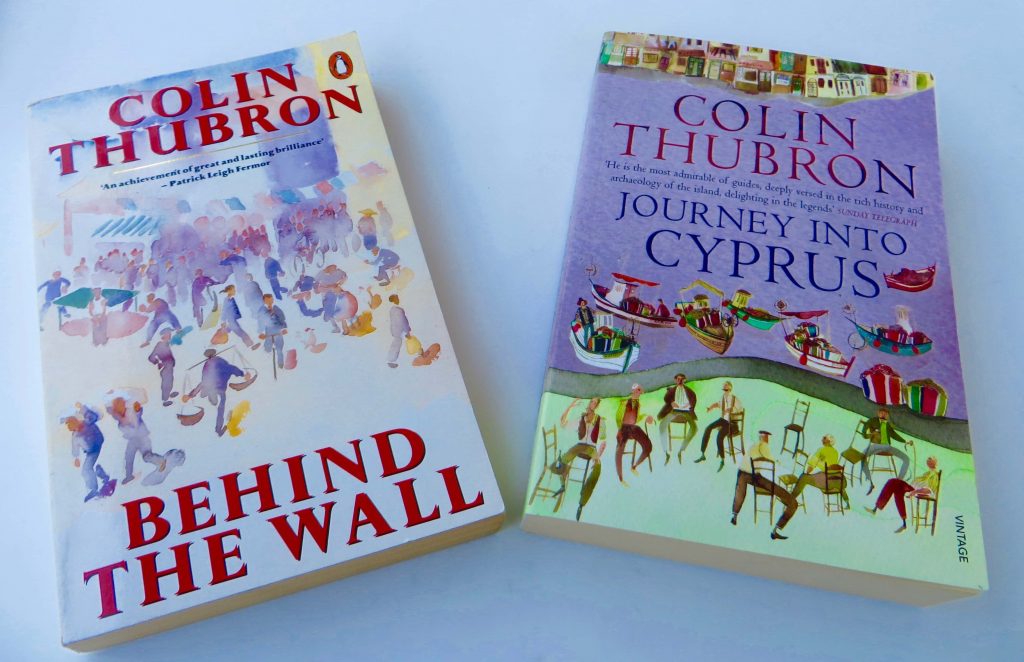
‘He is the most admirable of guides, deeply versed in the rich history and archaeology of the island (Cyprus), delighting in the legends’. (The Sunday Telegraph).
Andrew Martin wrote ‘Night Trains’ about sleepers. I include him partly because I had my own adventures on these sleeper trains through Europe in the 1960s. He also wrote about trains speeding through Europe in ‘Belles and Whistles’, which I have yet to read. ‘His wonderfully well informed, anecdotal prose punches more than just tickets’ (The Times). His book, ‘Underground, Overground’ gets this comment from The Sunday Times – ‘A jaunty history … studded with little observational gems … he can stop you in your tracks with a well-turned phrase’. Just my cup of tea!
With plane travel being so doubtful at the moment, trains may have a revival. Look up the site for ‘The Man in Seat 61’ – he knows everything about train travel and keeps you up to date. I was once allotted a seat on the Eurostar and was ‘ravie’ to find it was number 61! Small pleasures keep us going …
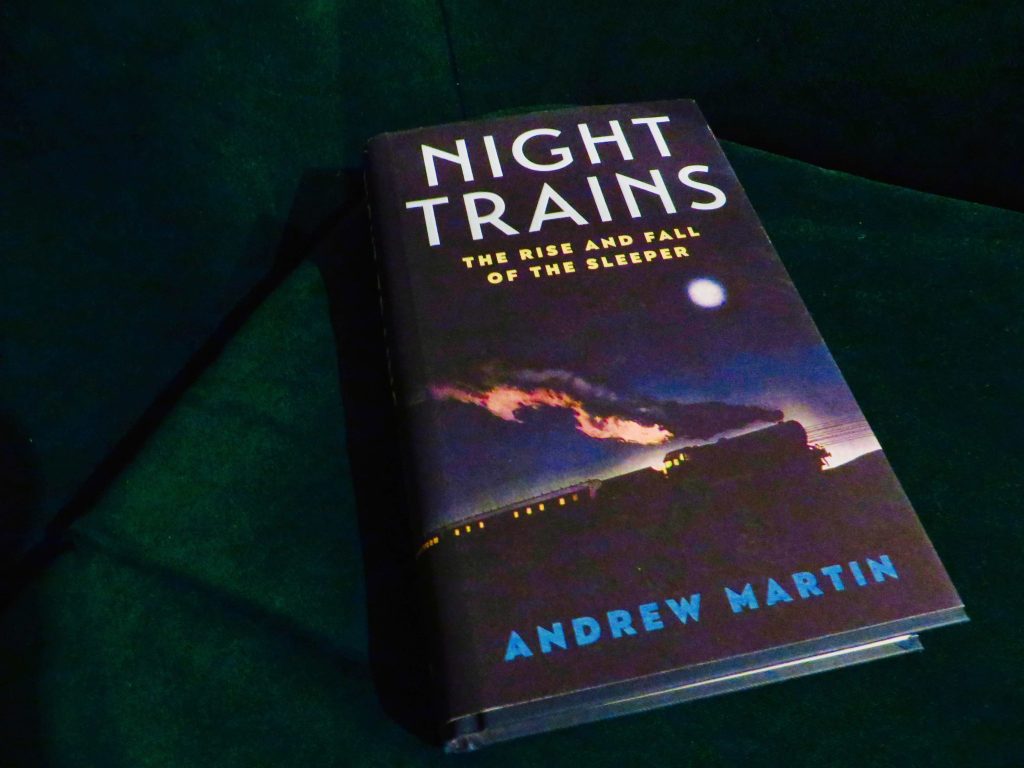
Following in the footsteps of Agatha Christie, Andrew Eames’s ‘The 8.55 to Baghdad’ is packed full of information as he leaves London, en route for the Middle East.
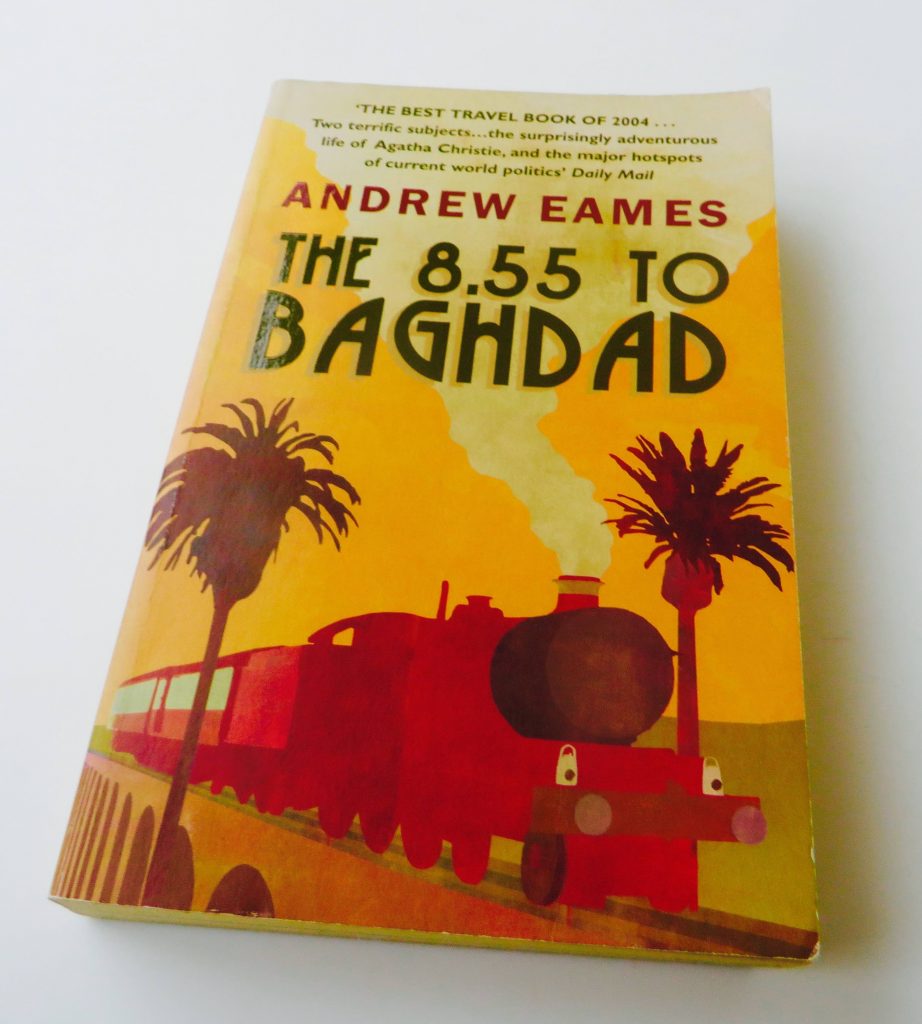
He follows the route to the Middle East taken by Agatha Christie on her own after her painful divorce. She herself wrote a diary containing her adventures, travelling to archaeological sites in Iraq, Syria and Mesopotamia, which she describes with a wonderful dry wit. The title is ‘Come, Tell Me How You Live’. It gives you a completely different take on her. Not just a successful crime writer!
This is also when, happily, she met her second husband, archaeologist, Max Mallowan. Eames keeps Agatha in his sights but also stops off at various venues on his way – e.g Zagreb – once the pinnacle of ‘high society’. He has a self deprecating sense of humour and is highly entertaining.
I especially enjoyed his description of a visit to the celebrated baths/hamman in Damascus, reminding me of my own ‘steamed up’ experience in Aleppo in 2002. His descriptive powers are exceptional. I almost feel I’ve been to Baghdad. (I did get as far as Palmyra in 2002). I’m now looking forward to reading his book ‘Blue River, Black Sea’ – about his adventures along the Danube.
Paul Theroux wrote ‘The Great Railway Bazaar’ about his journey from London to Asia by train in 1975. He’s a wonderful writer, his opinions very much his own, with a wry and honest take on people and events. There’s no prettifying of life in general but at the same time he sympathises with the human condition – and sometimes the description is pretty raw! One of my favourite characters is Duffil, surrounded by his mysterious paper bags on the train.
You feel you are alongside Theroux and I like his ironic sense of humour in how he approaches the world – the dialogue is very amusing. He prefers to travel alone he says – I understand that and I can also imagine he might be a quite difficult person to travel with … In 2008 he tried to repeat this exact journey, entitled ‘Ghost Train to the Eastern Star’. His descriptions are no less vivid than before. Excellent reads – especially when we can’t go on our own or with another until ‘lockdowns’ are a thing of the past.
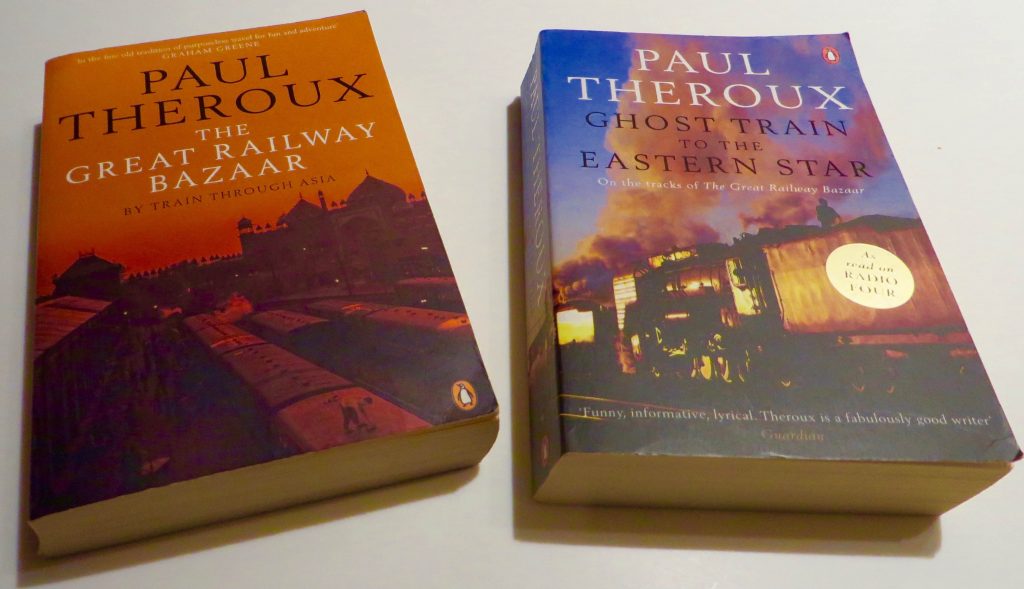
‘He has done our travelling for us brilliantly’ (William Golding). ‘Relaxed, curious, confident, surprisingly tender, Theroux’s writing has an immediate, vivid quality that gives it a collective strength’ (The Sunday Times).
Levison Wood’s ‘Walking The Himalayas’ was voted Adventure Travel Book of the Year at the Edward Stanford Travel Writing Awards 2016 and he has gone on to explore many other places like the Silk Road, the Nile, the Americas and Arabia. The TV series which accompanies the books is illuminating, in some cases being filmed by Levison himself – both the good and the bad. Wood is a former paratrooper, who was out in Afghanistan. He also has a history degree.
Levison fits in naturally with local people and their culture, exploring the history of wherever he is and giving you the reality of the dangers and risks in how he travels – there is a natural seam of spirituality about our planet and its peoples that runs through his journeys because of the way he writes. He’s honest and brave, a risk taker capable of making lasting friendships on his travels as well as being astute enough to avoid being murdered in certain situations. He makes us understand the rest of the world better and has gone to places I would never be able to go, so widening my horizons too. Books to immerse yourself in with the added interest of the TV series.
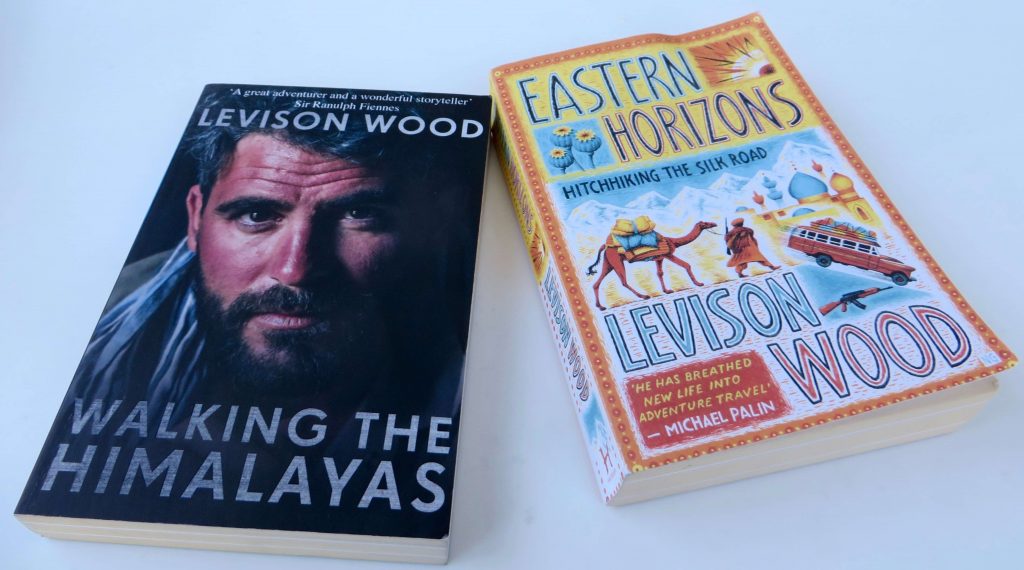
The next book is an enormous treat for anyone who takes it up. Written by Tom Michell, it’s a unique real life story about a young English teacher in South America and his meeting with a penguin.

It’s a sublime read, which will always have a special place in my heart. Be enchanted – laugh and cry – and fall in love with the penguin. This is a story to lift your spirits, especially at this ‘lockdown’ time.
‘Sweet Bean Paste’ is by Durian Sukegawa and translated from Japanese by Alison Watts. It’s like a miniature painting about unusual friendships that arise from learning how to cook high quality ‘dorayaki’. Like understanding symbols in a painting, it opens up new treasures. The whole is deceptively simple, poetic prose, softening the harsh reality of life with a world full of cherry blossom. Delightful and thoughtful with a perfect front cover (this is what first caught my eye) by Pietari Posti.
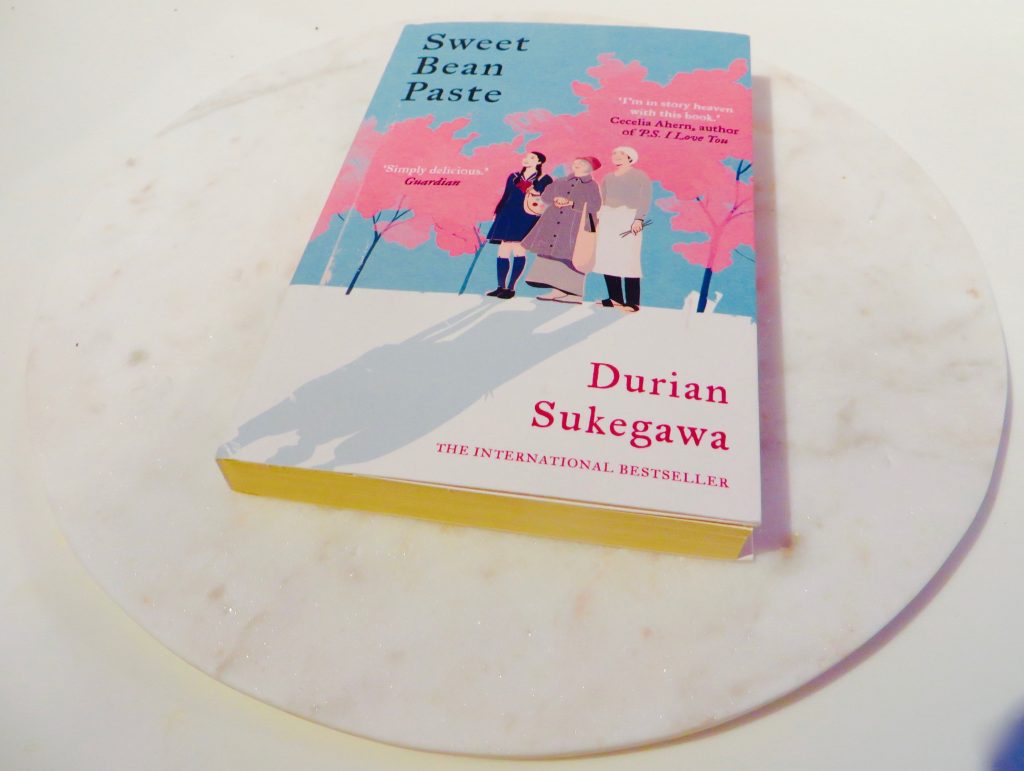
If you find you like this book you may also like another Japanese quirky story by Toshikazu Kawaguchi (translated by Geoffrey Trousselot), called ‘Before the coffee gets cold’. Told through a visit to a certain old back street café in Tokyo, which has been serving good coffee for over a hundred years, it explores what you would change if you could go back in time and also who would you want to meet again for one last time… it’s a tempting offer by the café owner (with risks attached).
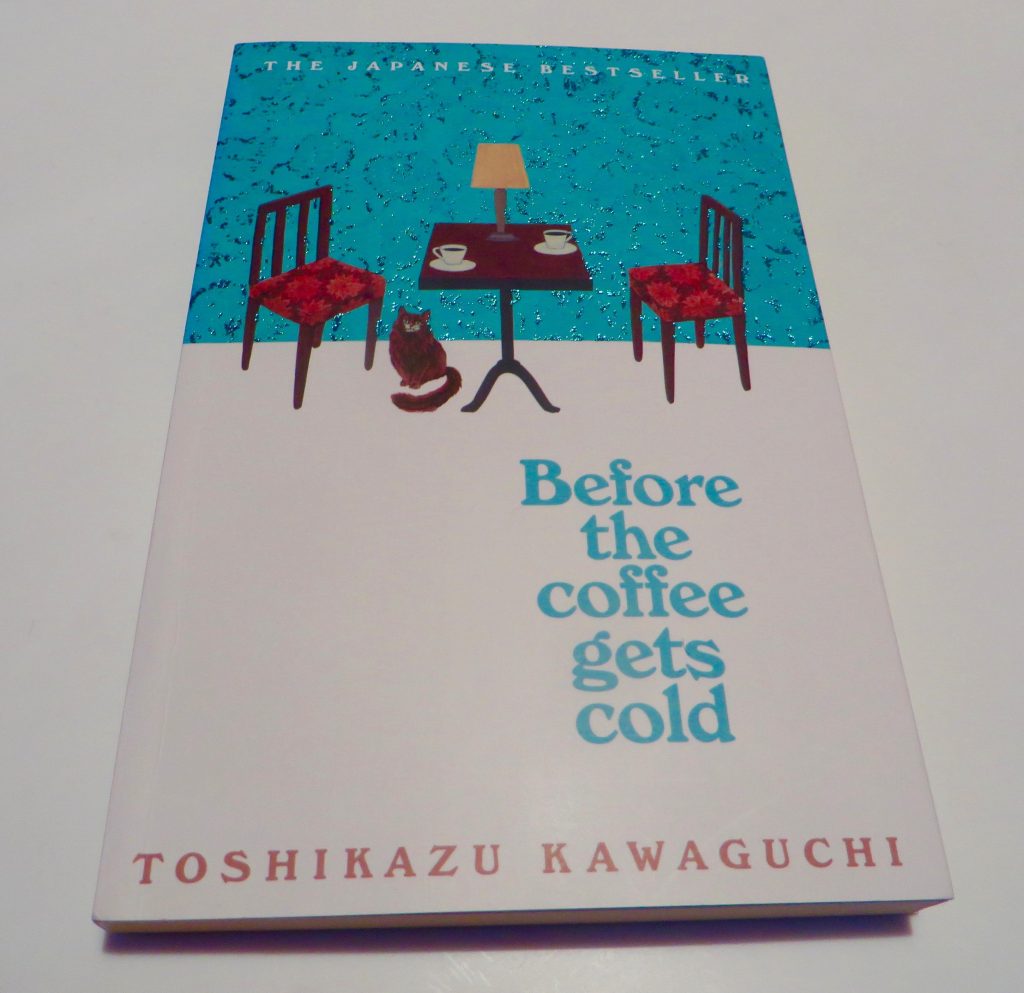
I just finished another contemplative book by a Pulitzer Prize-winning author, Hisham Matar. ‘A Month in Siena’ evokes a place that has captured his heart since he fell for Sienese painting as a young man. Finally, twenty five years later, he gets to stay in Siena and pursue his dream. Deeply thoughtful and beautifully executed.

At the moment there’s a lot of talk about ‘rewilding’ our countryside, maybe partly brought to the fore through ‘lockdown’, which has meant more people have turned to the countryside for long walks, whilst working from home. Also, there are a lot of beautifully filmed TV series about nature and the environment which, often unwittingly, we are systematically destroying – watch the David Attenborough programmes, ‘Springwatch’ and ‘Autumnwatch’ brought to us by Chris Packham and ‘Countryfile’, which we watch every Sunday evening on BBC. It’s not all doom and gloom – we can still make the world a better place – but we actually need to do it right now.
A recent programme which I recommend to destress in this modern busy world, noisy and breaking the speed limit with with technology, is ‘The Last Igloo’. It follows one of the last hunters in East Greenland with his dog sledge and shows how he must build his own night shelter – an igloo – on his hunting expeditions. Spoken by him alone in Inuit with subtitles, it certainly gives pause for thought. We follow him through pristine, silent snowfields, leading me to think how fragile life is – and how beautiful. We, need to stop and think and to some extent, change our ways if we want to preserve our planet. Not a book, but it strikes a powerful chord.
‘Wilding’ by Isabella Tree is an inspiring read of the return to nature of a British farm. ‘A hugely important addition to the literature of what can be done to restore soil and soul’ (The Guardian). ‘This joyful, poignant memoir tells the story of exhausted land becoming a rich ecosystem again, and in doing so, forces us to rethink farming.’ (The Times- ‘Books of the Year’).
The first chapter tells of Ted Green, who gives a fascinating eye opener on the survival of oak trees. I learned an enormous amount about how the natural world works as an ecosystem, what goes on underground that we are not aware of and how we are, unknowingly and gradually destroying it. Look up the Knepp estate in West Sussex from where Isabella Tree and her husband handed their 3,500 acres of exhausted farmland back to nature. It’s exciting, important and full of hope. Wildlife is thriving there once again.
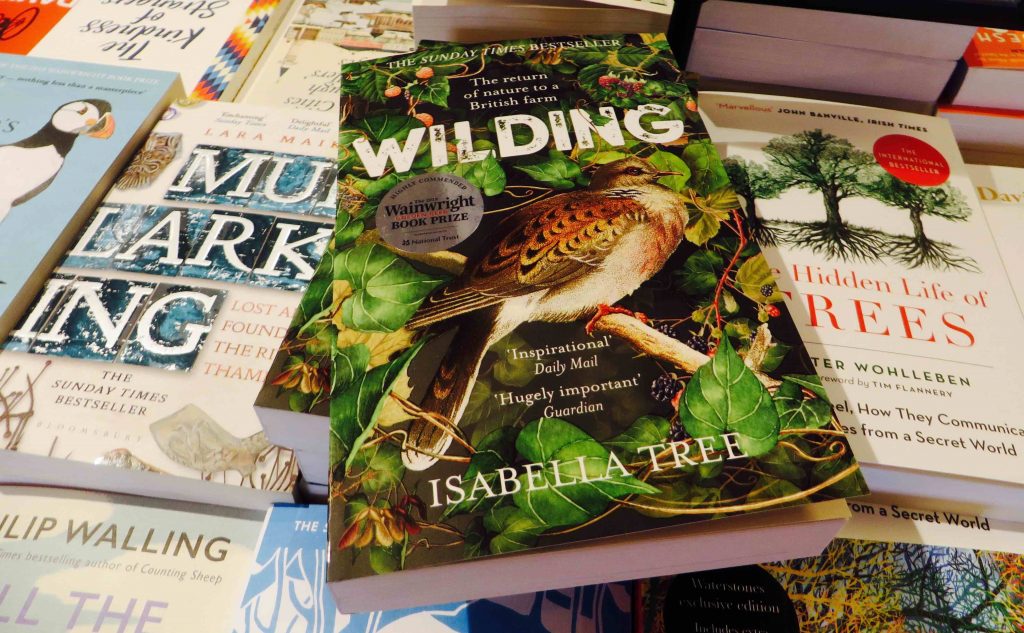
On the environmental theme I much recommend ‘Green Swans’ by John Elkington, which challenges industry to an enormous system change, now very urgent. It’s a positive book aimed at business but it also concerns all of us who benefit by using energy of one kind or another. We all need to understand the immense changes about to come into our lives and move with the times, whether we like it or not. Again, it’s not all gloom and doom …
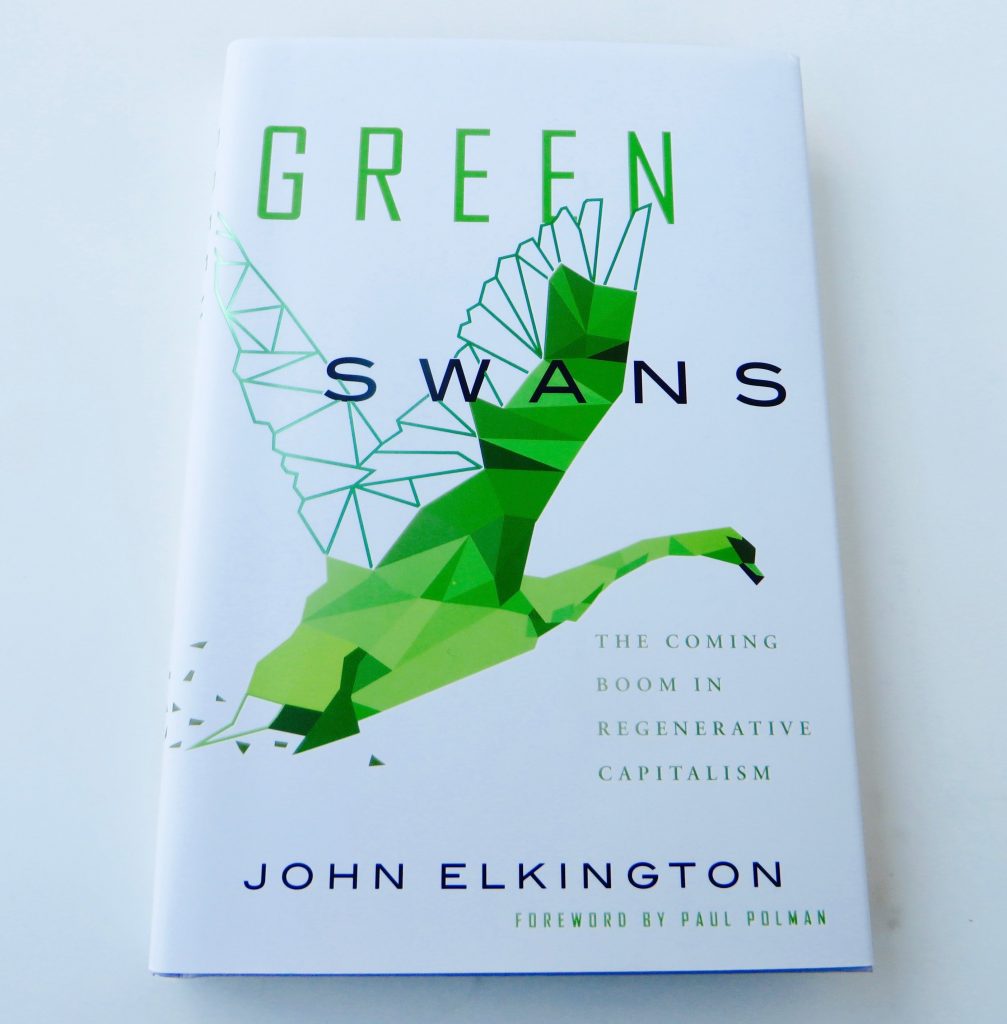
‘Green Swans’ is inspiring and positive – we need to hold on to those words at the moment but more than that, we must act now if everyone is to benefit.
‘John Elkington’s prescription for a new way of doing business – one that nurtures the “Green Swans” of the future – could not come at a more crucial time. As we race towards a doomsday scenario where we do irreversible damage to our planet, we have to urgently set the reset button’. (Paul Polman, former CEO of Unilever and now co-founder and chairman of ‘IMAGINE’, who writes a foreword to ‘Green Swans’.
Linked to the book is the story of Sacha Dench, who flies with swans (watch her astonishing video) and the sculptor, Nicola Godden. Find out more on John’s website – john@volans.com.
An audio version of ‘Green Swans’ will come out in 2021.
As this strange Christmas season approaches, I’m finishing with a traditional English offering from Laurie Lee – ‘Village Christmas’. We need comforting.
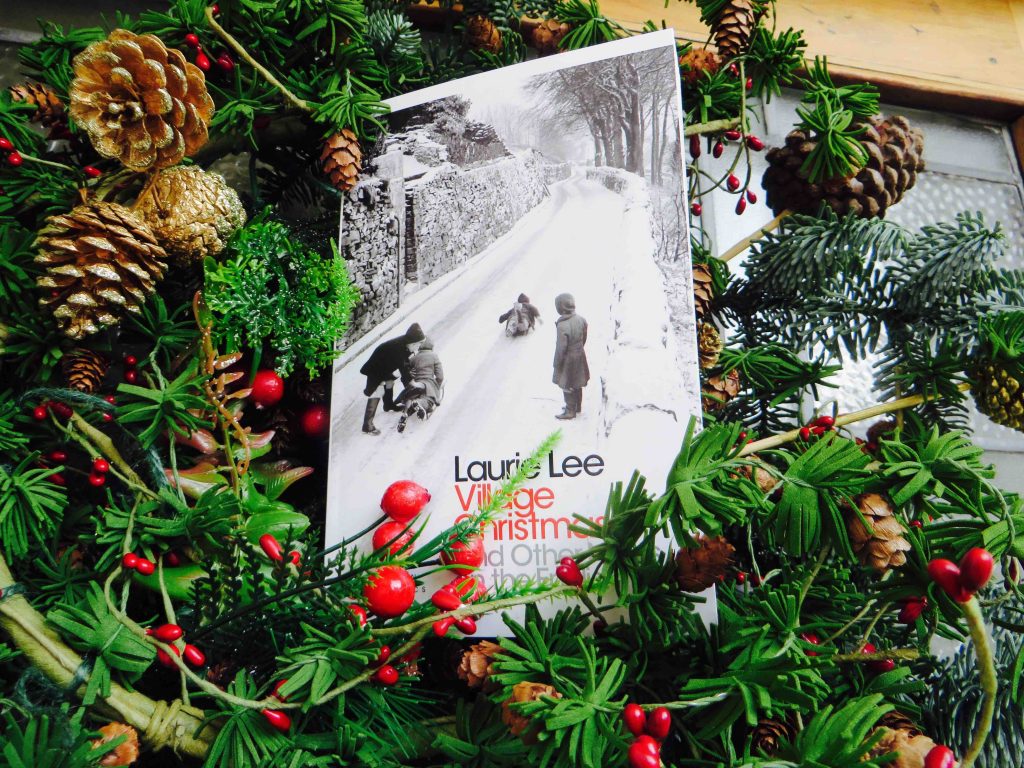
And given that food has a special part to play in this festive season, two new books have just been published. I haven’t yet read them but they both look delicious …

I hope that even if you only read one of the books I’ve suggested and enjoy it, I’ll have made a small contribution to someone’s Christmas holiday. Season’s greetings to all.
